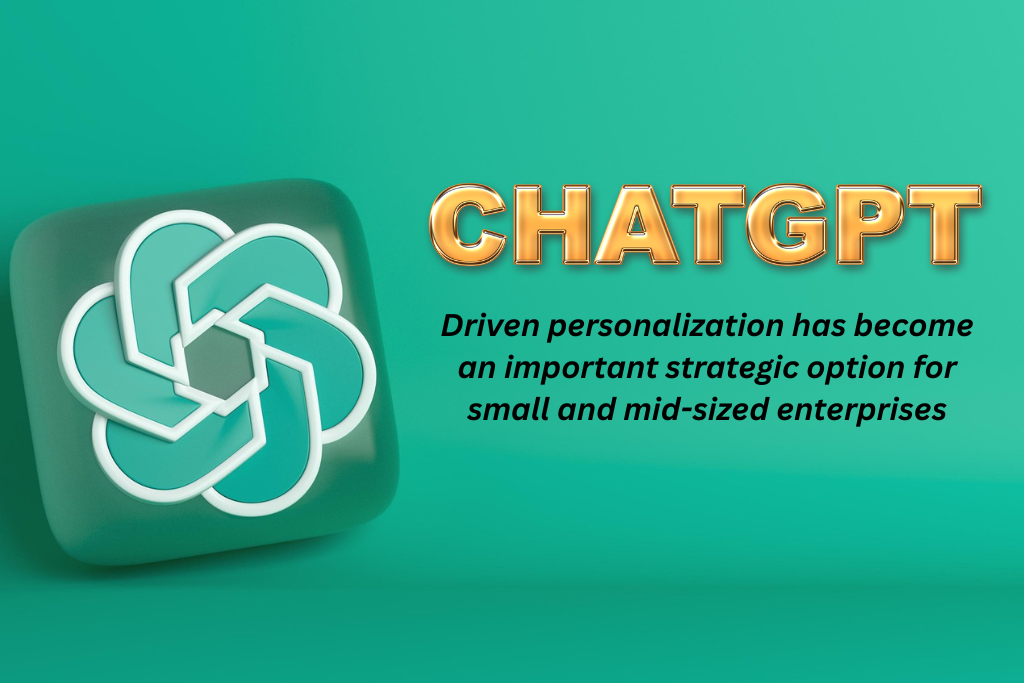
How GPT-Driven Personalization is Outperforming Traditional Marketing in 2025
In 2025, small brands are turning to GPT-driven personalization to stay competitive in the market. The traditional personalization methods that once had an edge are now struggling to keep up with consumer expectations. The rapid evolution of generative AI models enables businesses to create a hyper-personalized experience in real-time. This scenario made GPT-based personalization more powerful than traditional marketing techniques. Let’s explore how GPT-driven personalization is outperforming conventional marketing techniques.
Why Traditional Personalization Does Not Work Today?
In earlier days of digital marketing, personalization was done by breaking your audience into broad categories and sending them targeted messages. These categories were:
- Age Groups
- Job Roles
- Geographic Regions
Although these personalized messages were better than sending the same messages to everyone. However, it wasn’t truly personal, and this strategy doesn’t work today. Let’s have a brief look at traditional personalization:
- Marketers grouped users into categories such as professionals or mothers. They create a group for each segment. These groups were called predefined segments.
- Then there were segments comprising groups based on manual If/Then rules. For example, in email platforms, if a customer clicks on the link, then send email is sent. However, this method could not adapt to unexpected behavior or changing user needs.
- Generic product segmentation was another method in which recommendations were based on basic actions. In this process, the audience was sent recommendations based on the product they once viewed. Since there was no deeper context, this led to repeated suggestions for items that they no longer wanted.
- Buyer personas were often created during the yearly strategy meetings. These personas were left unchanged. That’s why they fail to reflect new trends.
Why It Falls Short Today
Although these methods had a sense of order, they also came up with major limitations:
- They lacked flexibility and were unable to respond in real-time to customer behavior.
- Traditional personalization lacked emotional signals. It cannot address customers’ frustration, satisfaction, or urgency.
- They couldn’t tailor tone or language to match the customer’s mood or communication style.
- Most importantly, they led to the same solution in all messages that sounded personal but felt robotic.

What Makes GPT-Driven Personalization Necessary in This New Era?
GPT-driven personalization uses natural language processing (NLP) and machine learning. It creates a deeply customized marketing experience that is not only for groups but also for individuals. GPT does not rely on fixed rules or demographic labels. Instead, GPT understands context and responds instantly while adopting a humanized tone.
Real-Time Content Generation
GPT models can create personalized content on the spot. Based on how a person behaves or what they prefer, it can
- Write emails
- Generate headlines
- Suggest products
- Write tailored messages that align with user behavior
Contextual Understanding
GPT understands the customer’s situation. Based on its findings, it can talk to the customer. GPT can also detect:
- If the user is in the buying journey
- The tone of their message
- Sentiments in reviews
Customizable and Human-Like Conversations
Using GPT enables brands to have millions of personalized conversations at once. They can still keep the human touch. Chatbots can work as virtual sales assistants and helpdesk bots. Still, no two conversations have to sound the same. This dramatically improves customer satisfaction and engagement. It’s because GPT can
- Understand questions in natural language
- Adapt tone to match the user’s mood
- Give responses that feel helpful, not robotic
Personalization Beyond Demographics
Traditional marketing often segments people into groups like “millennials” or “new moms”. On the contrary, GPT goes much deeper. It can personalize content based on:
- Real-time behavior (like clicks, scrolls, or searches)
- Language and phrasing a user prefers
- Emotional cues from past interactions
Performance Comparison of GPT vs Traditional Personalization
| Metric | Traditional Marketing | GPT-Driven Personalization |
| Email Open Rate | 15-20% | Up to 40% with dynamic GPT subject lines |
| Conversion Rates | 2-4% | 6-10% with personalized product messaging |
| Engagement Rates | Avg- 45 sec | 2-3 mins with interactive GPT assistants |
| Bounce Rate | 40-60% | As low as 25% with real-time content matching |
How AI Tools are Helping in GPT-Driven Personalization?
SMEs seek smarter, faster, and more human-like personalization. However, their budget limitations make it difficult to achieve their goals. GPT-powered tools make it easier for them to target customers through dynamic content and intelligent automation. These tools include:
Mutiny AI
It offers GPT-driven website personalization. Mutiny uses GPT to personalize your website content in real time based on who is visiting.
- It shows different headlines or call-to-actions. The content personalization depends upon the visitor’s industry and their past behavior.
- Helps B2B brands in boosting their conversion while removing the need of a developer.
- Offers specifically designed landing pages for each visitor to make them feel that the content is just for them.
Personalization AI
It uses GPT to recommend products and offers that match the user’s preferences. Personalization GPT helps by
- Suggesting items based on live browsing data.
- Adapts content based on location, time of the day, and weather.
- Boosts engagement by showing the right content at the right time.
Lavender AI
This tool uses GPT for writing high-performing sales emails. It helps marketers and sales teams write better emails faster by using GPT-powered suggestions.
- Lavender AI recommends more effective subject lines and CTAs.
- It adjusts tone to be more casual or professional.
- Analyzes readability and performance score.
Copy AI and Jasper
Both of these tools are AI copywriters. They are trained to generate blogs, ad copy, and much more. They help marketers to generate content that matches the brand’s voice and tone. Both can
- Generate long-form and short-form content designed specifically for targeted audiences
- Speed up the content creation process without losing quality
- Ideal for SMEs, content marketers, social media teams, and founders
ChatGPT+Zapier CRM Integrations
By connecting ChaGPT to tools like Zapier, HubSpot, or Salesforce, SMEs can automate personalized responses and actions. This combination of tools helps in
- Auto-response with tailored messages based on CRM data
- Generate personalized email replies using user history and preferences
- Automate entire workflows
Conclusions
The rise in customer expectations and intense market saturation requires SMEs to do more. It means that to stand out, they do not have to care about customers’ preferences, but also respond like a human. The shorter attention span makes it even more difficult to achieve this goal with traditional personalization. That’s why GPT-driven personalization has become an important strategic option for small and mid-sized enterprises.



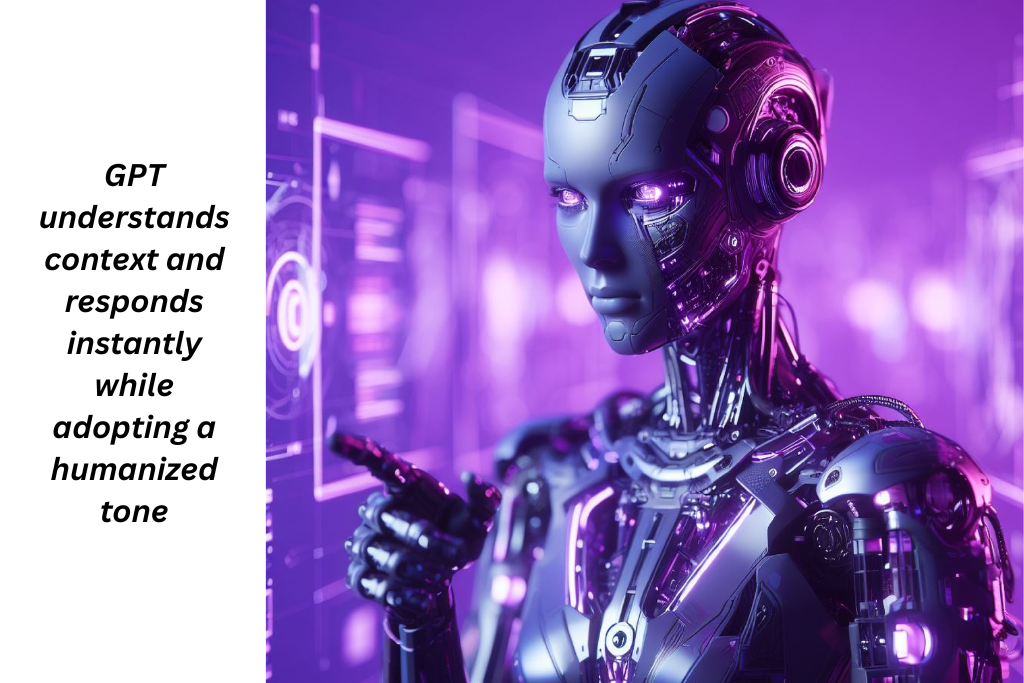
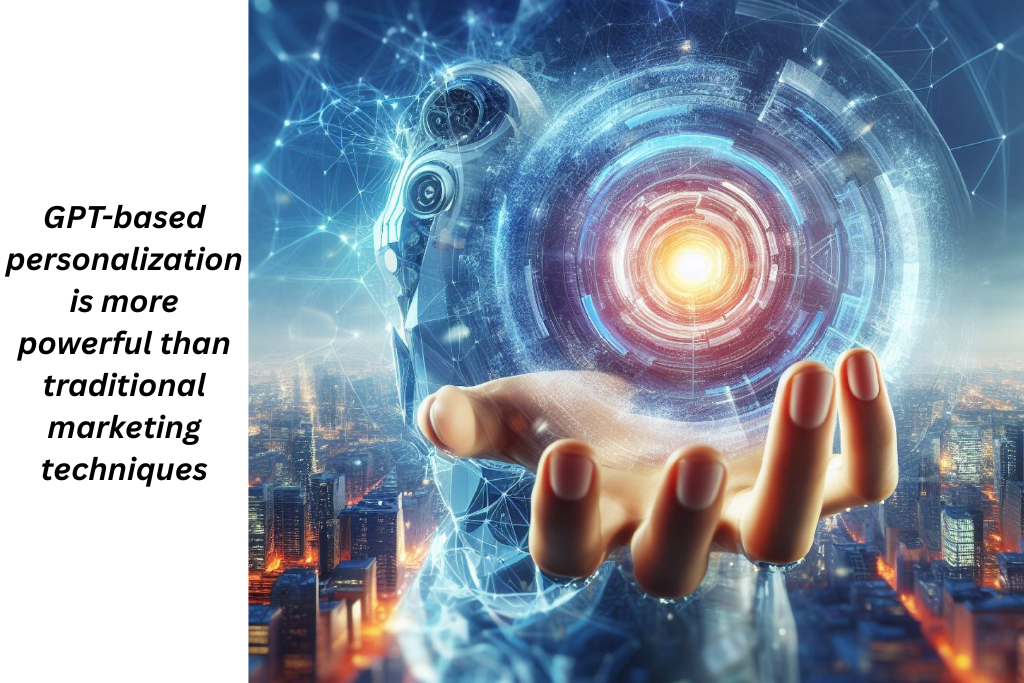
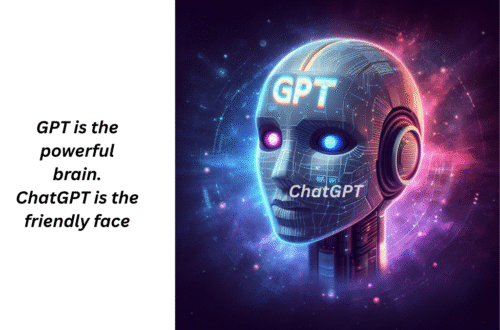
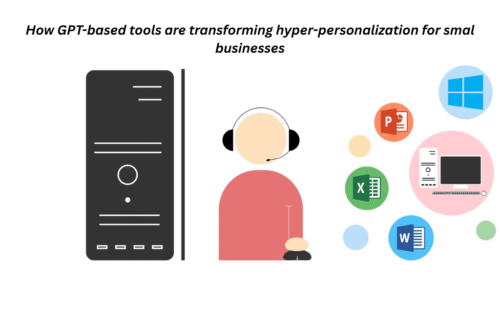

One Comment
Pingback: